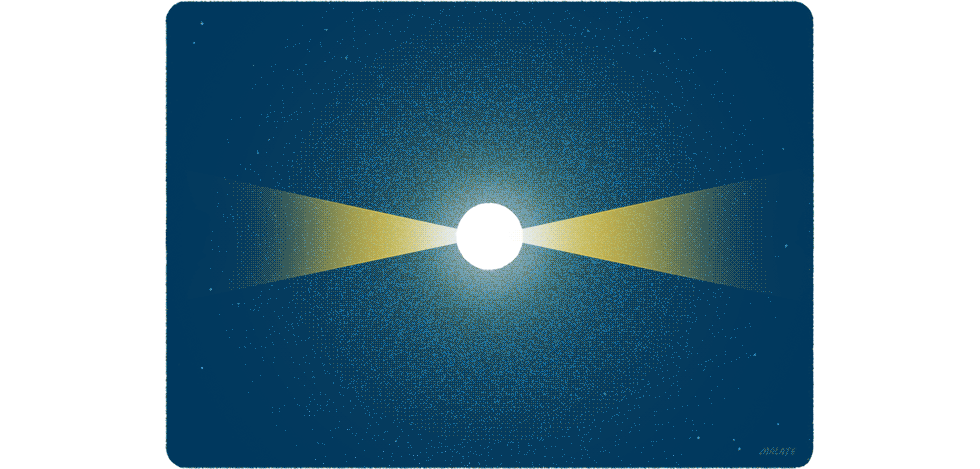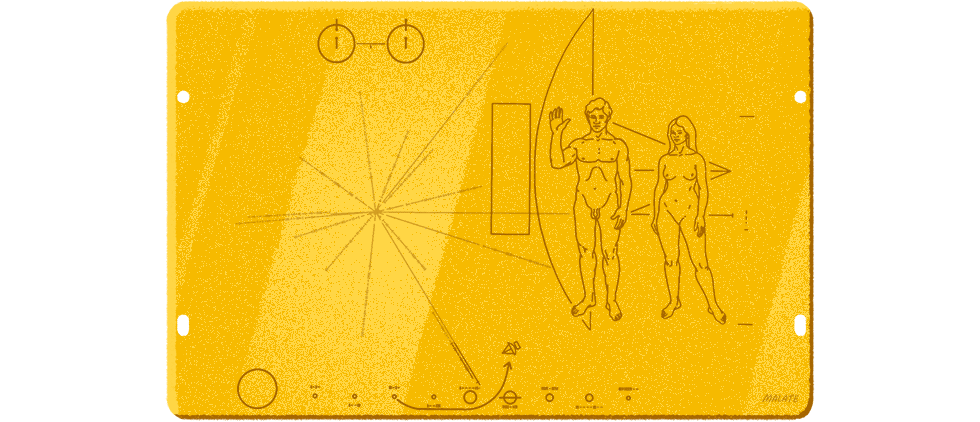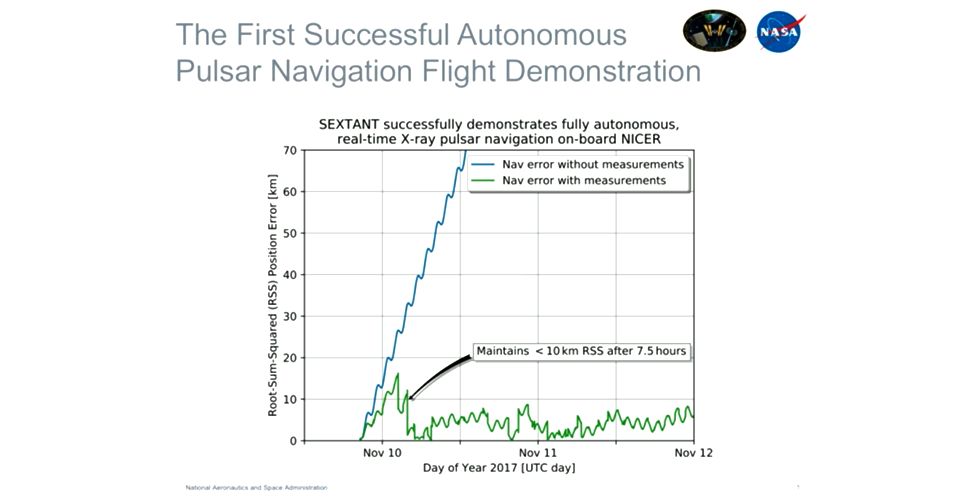The Future of Interstellar Navigation Might be in Following the Stars
(Inside Science) -- Earlier this year, NASA scientists successfully demonstrated navigation using a category of stars known as pulsars. But what are pulsars, and how would they help us pilot deep space?
What Are Pulsars?

Credit: Abigail Malate, Staff Illustrator, Copyright: American Institute of Physics
Pulsars are what happens when a massive star goes supernova and collapses into a neutron star, which keeps on spinning and emitting electromagnetic radiation. Those beams of radiation act like the lamps of a lighthouse, which appear to be flashing at a specific frequency. Certain types of pulsars spin with such regularity that they rival atomic clocks at keeping time.
When we look out into space, we can identify a pulsar by its blinking frequency and the wavelength of the light. These reliable beacons are what the NASA team believes we can use for triangulating our position while traveling through the universe.
Pulsars were first discovered around the time the Pioneer program was preparing Pioneers 10 and 11 for space travel. Knowing that these spacecraft would be the first to leave our solar system, scientists banded together to make the Pioneer Plaques, a set of aluminum plaques intended to bear pictorial messages for extraterrestrials that might find the spacecrafts.

Credit: Abigail Malate, Staff Illustrator, Copyright: American Institute of Physics
The star pattern on the left of the Plaque, animated here, is actually a map of the 14 pulsars known at the time. Each arm of the pattern is a radio line signaling the ticks to tell you the pulse period of each pulsar. With this information, you can triangulate the position of our solar system relative to these 14 pulsars.
Bringing Theory Into Practice
It was this concept of triangulation using pulsars that inspired NASA astrophysicists to test whether pulsars could be used as beacons to navigate in deep space.
On the International Space Station, scientists conducted an experiment known as SEXTANT: Station Explorer for X-Ray Timing and Navigation Technology. With it, the team looked at a subset of five individual pulsars, observing their ticks in the same way we use atomic clocks in GPS technology.

In this GIF,notice how each star will blink faster as the ISS approaches it, then blink slower as the spacecraft gains more distance.
Credit: Abigail Malate, Staff Illustrator, Copyright: American Institute of Physics
Imagine you're floating in space, and those five pulsars are around you in the distance. As you move, you observe the ticks from these pulsars. If the ticks observed from one pulsar arrive a little early, you're a little closer to it. If the ticks arrive late, that means you're a little further away. Using this technique, you can get a 3-D measurement of your position in the galaxy.
In January 2018, Keith Gendreau, the SEXTANT mission's principle investigator at NASA, announced the first successful demonstration of this technique.

Credit: NASA/Keith Gendreau
The way the ISS positions itself normally is by calculating its position relative to Earth. In this experiment, scientists turned off that system. In the blue curve above, we see how fast the station's sense of position went awry, with the error increasing consistently every few hours. The green curve represents the navigation when pulsar data was added to the flight software. Here, the positional error stayed within 10 kilometers, or roughly 6 miles -- quite large compared to GPS, but not bad if you are lost in interstellar space.
What Does the Future Hold?
While the system isn't perfect at the moment, the researchers' demonstration proves that this mode of navigation is possible. Scientists hope it can help guide future astronauts traveling to Mars and beyond.


